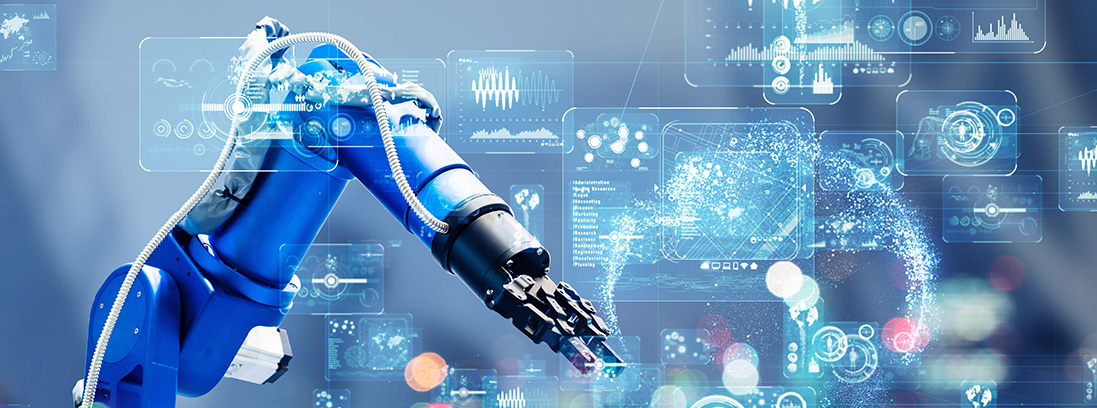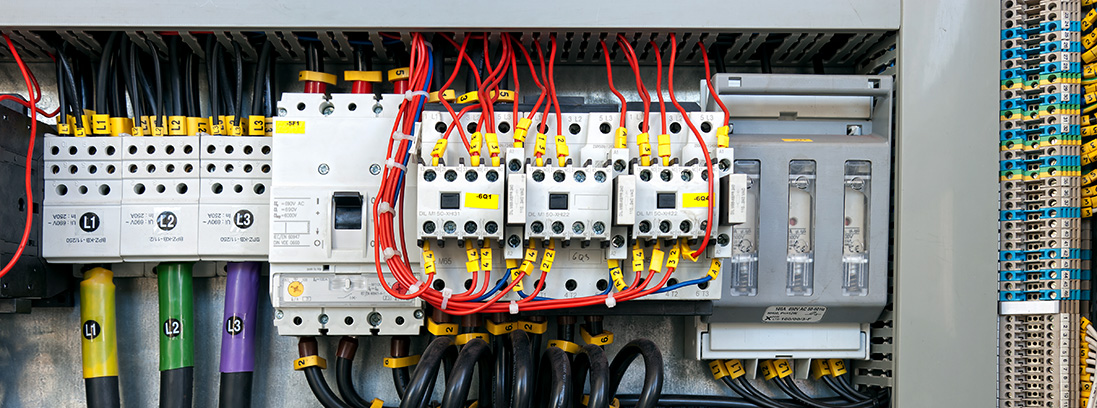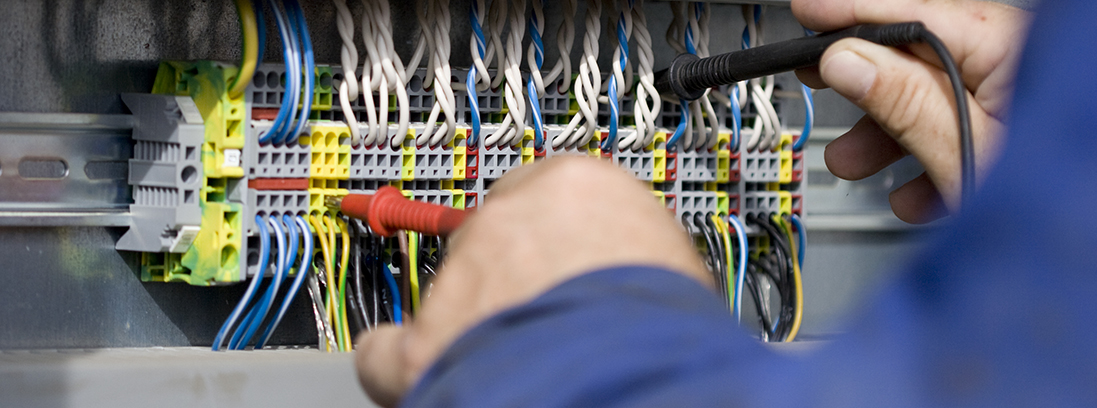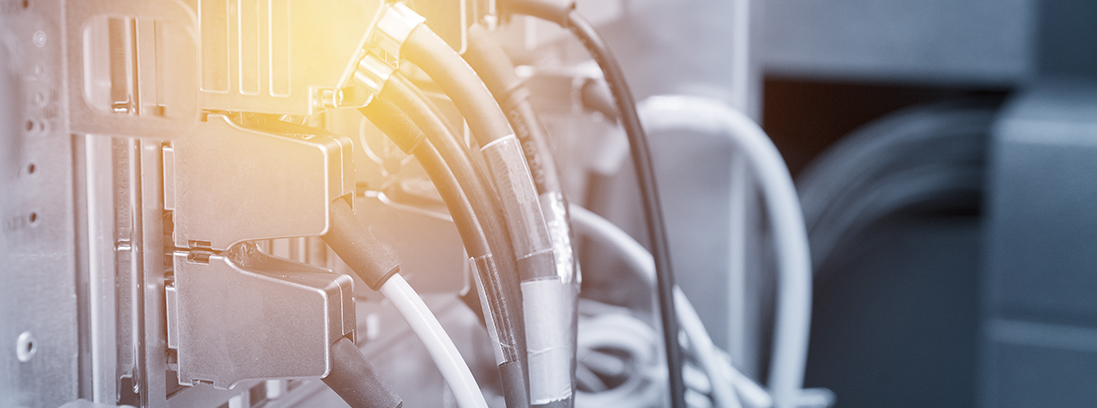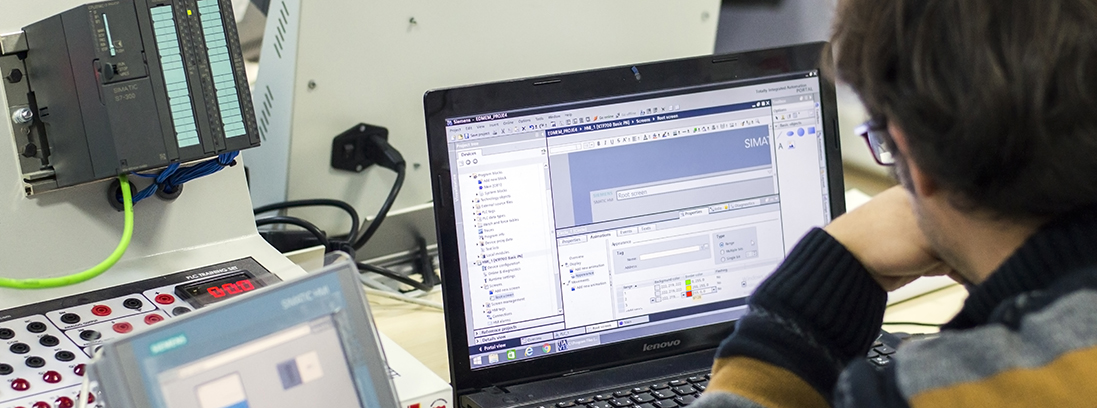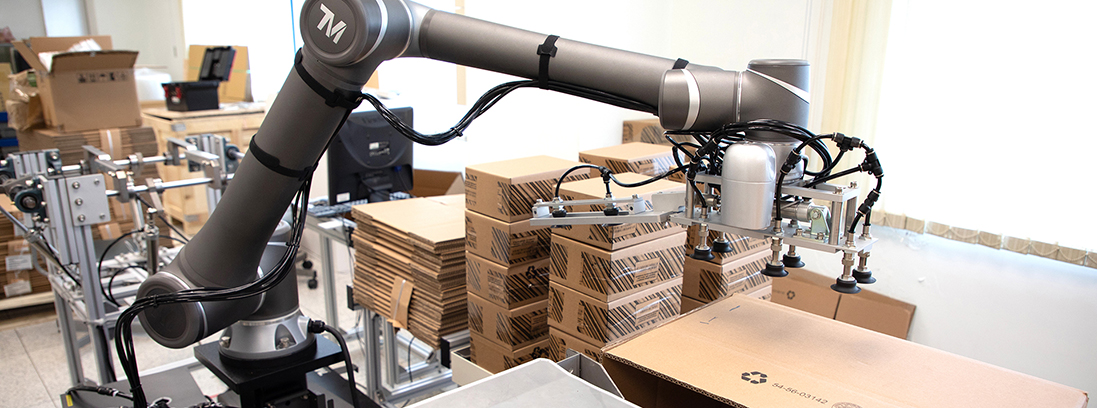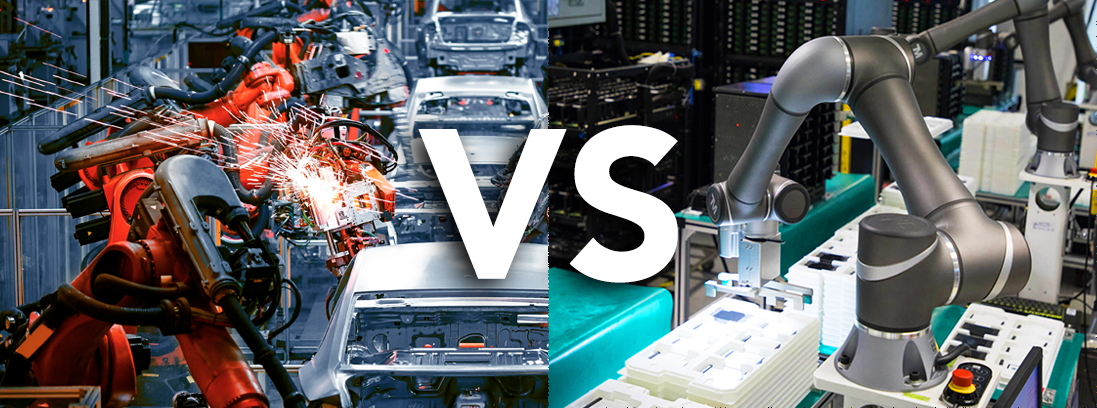IIoT, Connectors and Three Watchwords for the Factory of the Future
Productivity, efficiency and quality are the three watchwords for the new dawn of the industrial internet of things (IIoT). Under the surface of the...
Taking Panel Design to the Next Level in an Automated World
On February 15th, 2020, the Roberson Car Wash in Salem, Oregon went up in flames. The cause: a control cabinet with components that gathered excess...
Industrial Communications: 4-20 mA Current Loop
The basic 4 to 20 milliamp current loop is by far the most prevalent method of industrial automation analog measurement and control, so designers...
Pulling Your First PLC Project Together
You’ve invested time into researching many aspects of PLC (programmable logic controller) automation and are now ready for your first project. Here are a...
Industrial Control Panels, DC Power Supplies
Industrial control panels, automation systems and instruments commonly use 24 Vdc as the control voltage for safety and performance reasons.
Industrial control panels can, and...
PLC Platform Digital Communications
Modern PLC platforms offer many types of digital communications, so users need to know some basics before configuring and programming these systems.
Programmable logic controllers...
What are the Leading Cobot Applications?
Because cobots are such a new automation category, countless innovative applications are possible. Many manufacturing tasks done by people can be improved by incorporating...
What is the Difference Between a Robot and a Cobot?
Traditional industrial robots are big, fast and strong, able to effortlessly handle welders and automobile assemblies. Cobots are none of those things but are...
What is a Cobot?
Popular media has familiarized most people with the powerful efficiency of traditional industrial robots, and collaborative robots are an evolution of the technology optimized...
